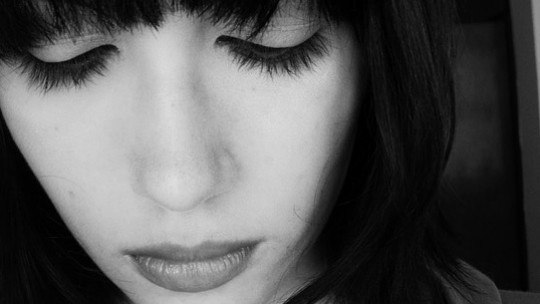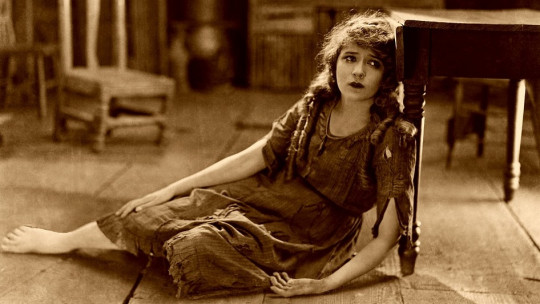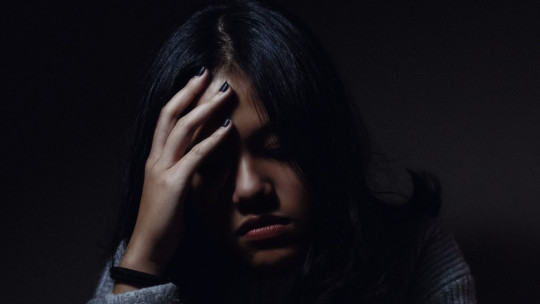Mood disorders and especially depression are, after anxiety disorders, the most frequent in clinical practice.
Being a problem that greatly affects psychological and emotional well-being and that can be tremendously disabling, the study and classification of different types of depression is of great importance. One of the classifications that have been proposed throughout history It is what divides into endogenous and reactive depression, depending on whether its cause is internal or external.
Although it is considered today that dividing depression into these two groups is not reliable since external factors will always affect one way or another, evidence has been found that there is a type of depression apparently caused by elements biological that has a particular grouping of symptoms. That is, it is considered true the presence of endogenous depressions, also called melancholic depression.
Endogenous depression: distinctive characteristics and symptoms
As a general rule, when we talk about depression we usually refer to the disorder known as major depression. This disorder is mainly characterized by a sad and depressed mood avolition and anhedonia and multiple other symptoms. These characteristics are generally shared by all depressed people.
However, Endogenous depression presents a series of its own characteristics that make it considered a different subtype. In endogenous or melancholic depression, the symptoms presented by the subjects tend to focus on vegetative and anhedonic elements. That is, they are symptoms linked to a lack of initiative, to inaction.
The main characteristic of this type of depressive disorder is a very marked anhedonia or lack of enjoyment of stimulation at a generalized level, along with high passivity and lack of reactivity. Although anhedonia is also a common symptom in major depression, in endogenous depression it is much more marked. These individuals do not identify their mood as sad or depressed but rather experience a different sensation that they are not able to fully explain, generally feeling empty.
It is also common for them to present a certain psychomotor delay in the form of both physical and mental slowing, and a certain internal agitation and irritability. And individuals with this disorder usually feel a high level of anguish and guilt, being one of the types of depression that poses a greater risk of suicide. It is also common for them to have sleep problems such as waking up early.
Another element to take into account is that it usually occurs with a seasonal pattern, being more frequent during winter and in general depressive episodes tend to recur recurrently to a greater extent than in other typologies. In addition, there is usually some morning worsening of symptoms and mood.
Some causes of internal origin
When we think of someone who is depressed, we generally think of someone who, due to a painful event throughout their life or a lack of reinforcement in different vital domains, develops a pattern of negative thinking and behavior that causes the onset of a depressive disorder. . This is a consideration considered by most theories that try to explain the origins of depression.
This is not the case with endogenous depression. Although it is true that Indirectly, the psychosocial aspects will affect the mental state of the individual. the person with melancholic depression does not have a serious difficulty nor is he generally poorly reinforced. In fact, it is common for these types of individuals to feel unwell, but they do not know or have a reason why. This, among other elements, causes the person to feel guilty, which worsens the subject’s condition and is in fact a frequent characteristic of this subtype of depression.
The main cause of this disorder is biological. Now, by biological we do not mean that it is the product of a disease (which in fact would mean that the diagnosis could not be depression), such as infections or tumors. The problem would rather be found at the level of brain metabolism, speculating with the presence of genetic factors as the cause of the disorder. Thus, naturally the brain would have problems when secreting or correctly using hormones such as serotonin.
Treating endogenous depression
Research has shown that patients with this type of depression show a good response to medical treatments. This fact, together with the smaller effect that placebo usually has on this type of depression, supports the idea that the problem is not due so much to environmental factors but rather internal ones.
The treatment of choice is the use of antidepressants, tricyclics being the ones that seem to work best in the case of endogenous or melancholic depression. This type of antidepressant is characterized by act by inhibiting the reuptake of serotonin and norepinephrine in the brain, in a non-specific way and that affects other hormones such as dopamine.
Another treatment that seems to be highly effective in endogenous depression is electroconvulsive therapy, in which a series of electrodes are placed on the patient’s head to subsequently apply a series of electric shocks. Of course, this is an intervention that has nothing to do with the strong electric shocks used in psychiatric centers decades ago. Currently, very low intensity, painless discharges are used.
This therapy is highly effective in improving depressive symptoms. Applies in cases where a rapid therapeutic response is necessary such as those associated with high suicidal ideation and depression with psychotic symptoms, or as an alternative to pharmacology when this type of treatment is not sufficiently effective.
Although it has traditionally been seen as a tremendously aversive type of therapy, Nowadays it is performed with controlled intensity shocks in a painless manner. (since general anesthesia is applied beforehand) and safe (they are monitored and their vital signs are monitored).
Fortunately, with these treatments, a large part of people with endogenous depression present a high level of improvement, most of them having a high rate of recovery.









